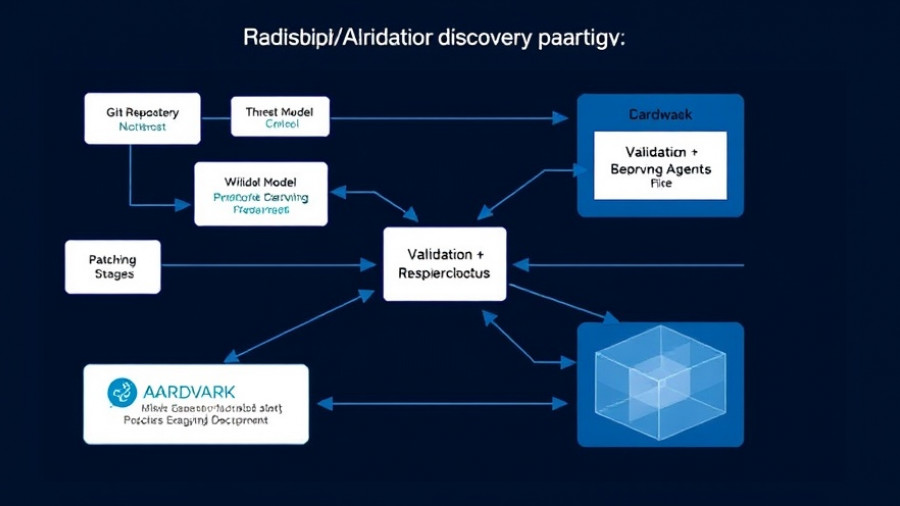
The Current State of AI in Mathematics: A Double-Edged Sword
Recently, AI has made some impressive strides in the challenging world of mathematics. At the prestigious International Mathematical Olympiad (IMO), Advanced AI models like Google DeepMind's Gemini and an experimental model from OpenAI were able to tackle complex mathematical problems with noteworthy efficiency. Scoring high enough to earn gold medals, both systems demonstrated their capability to generate detailed, natural-language proofs. However, while these milestones are commendable, they underscore a more pressing concern: AI’s struggles with reasoning that requires creativity and deep logical analysis.
Why AI's Reasoning Falls Short
Despite the impressive results depicted in standardized benchmarks, recent findings reveal fundamental limitations for our AI systems. They seem adept at handling familiar patterns—those seen in their training data—but falter when confronted with unique or complex problems that require genuine insight. A key benchmark, FrontierMath, was introduced to address this by emphasizing original problem-solving and reducing over-reliance on memorization. Yet even the most advanced AI struggled, solving less than 2% of the problems presented. This performance gap indicates that while AI can mimic mathematical solutions, true comprehension eludes them.
Marking the Difference: Routine vs. Reasoning
Examinations reveal a stark contrast in AI performance when tackling routine versus reasoning problems. Routine problems, typically structured, can often be solved via pattern recognition, where AI excels. However, Olympiad-style proofs demand a level of creativity and argumentation that current AI models, while capable of generating texts that appear correct, frequently fall short of providing robust justifications. Expert reviewers have pointed out that these outputs often contain logical gaps, which highlights an area for improvement for developers and researchers.
The Real-World Consequences of AI's Limitations
Every mathematical hurdle carries significant implications when applied in the real world. In education, AI tutoring systems can fall short if they provide misleading explanations, creating learning barriers for students. In scientific research, where accuracy is paramount, even small AI errors can lead to misleading conclusions or drained resources. Furthermore, inaccuracies in critical sectors such as medicine or law could foster mistrust, affecting relationships between AI systems and their human counterparts. The challenge lies not only in solving mathematical errors but also in building a foundation of trust between AI and society.
Finding Solutions: The Path Forward
To enhance reasoning capabilities within AI models, researchers are exploring various approaches. Neuro-symbolic AI, which combines the strengths of deep learning with symbolic inference, may be crucial in improving logical consistency. Moreover, rigorous benchmarks like FrontierMath and RIMO can guide models away from simple pattern recognition towards deep reasoning abilities. Encouragingly, human-AI collaboration, where human experts refine the results produced by AI, may strengthen overall reliability and ensure that AI systems are both accurate and effective.
The Bottom Line: AI's Ongoing Evolution
The landscape of AI in mathematical reasoning is evolving, with recent achievements at math competitions serving as proof of progress. However, as insights from newer benchmarks reveal AI's limitations, it becomes clear that more rigorous testing and innovative approaches are necessary. Balancing AI's computational capability with creativity, human collaboration, and systematic checks will determine whether these technological marvels can overcome the reasoning barriers that currently limit their real-world efficacy.
 Add Row
Add Row  Add
Add 




Write A Comment